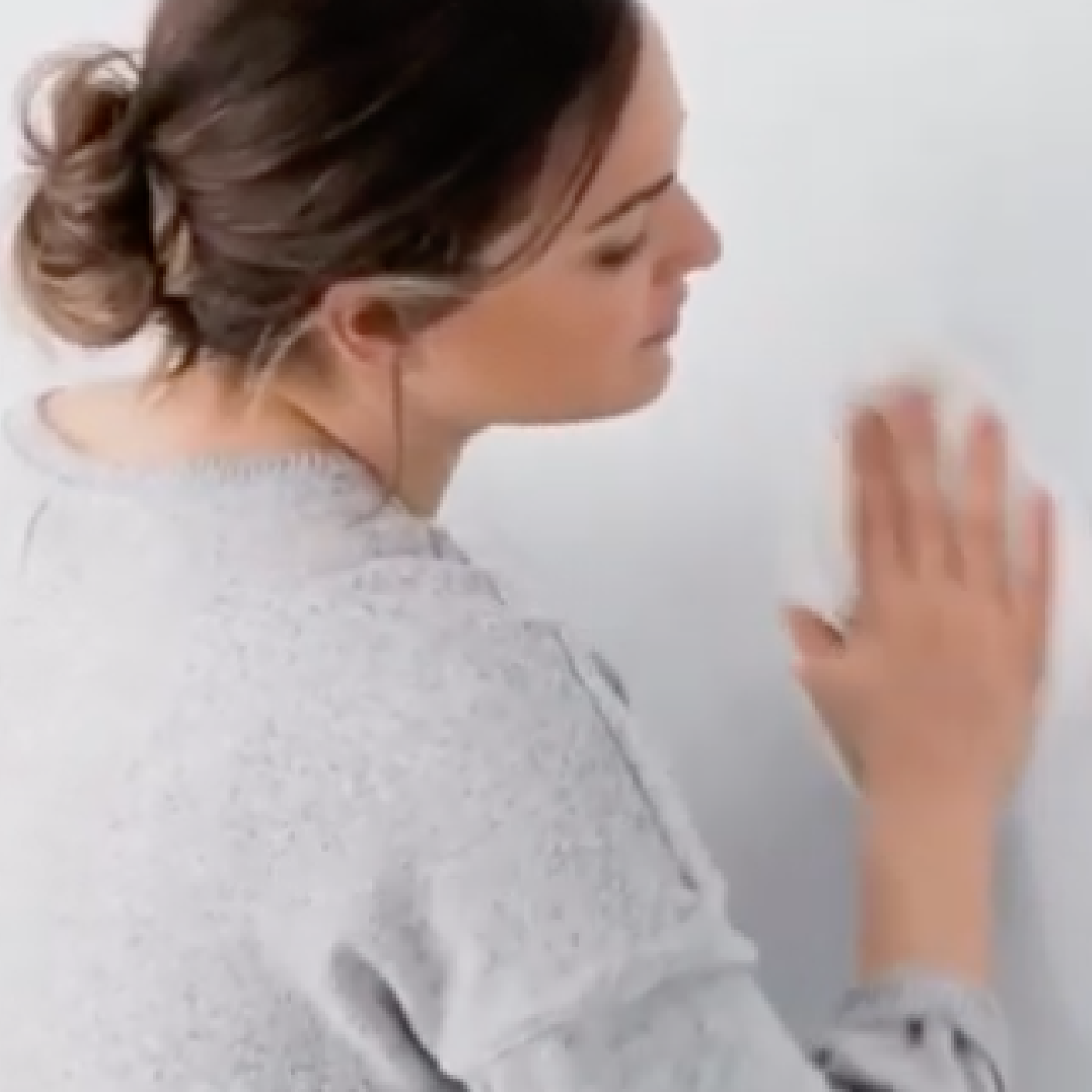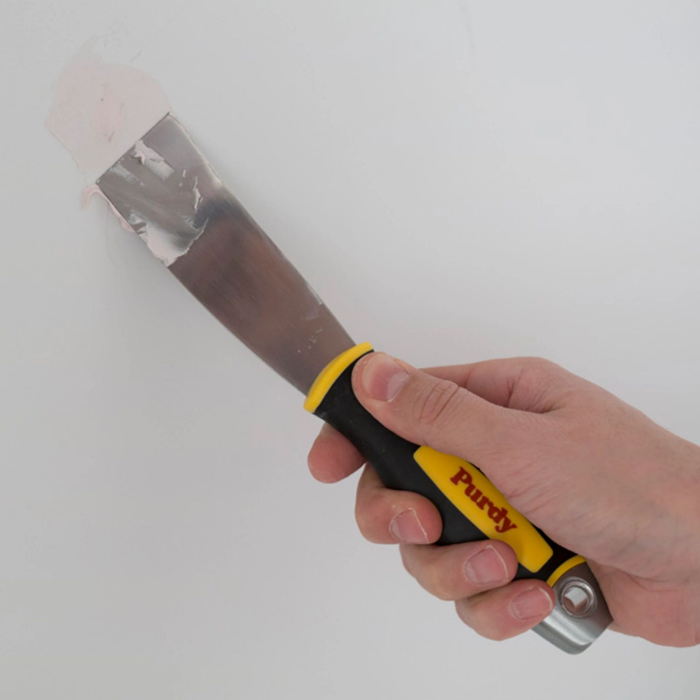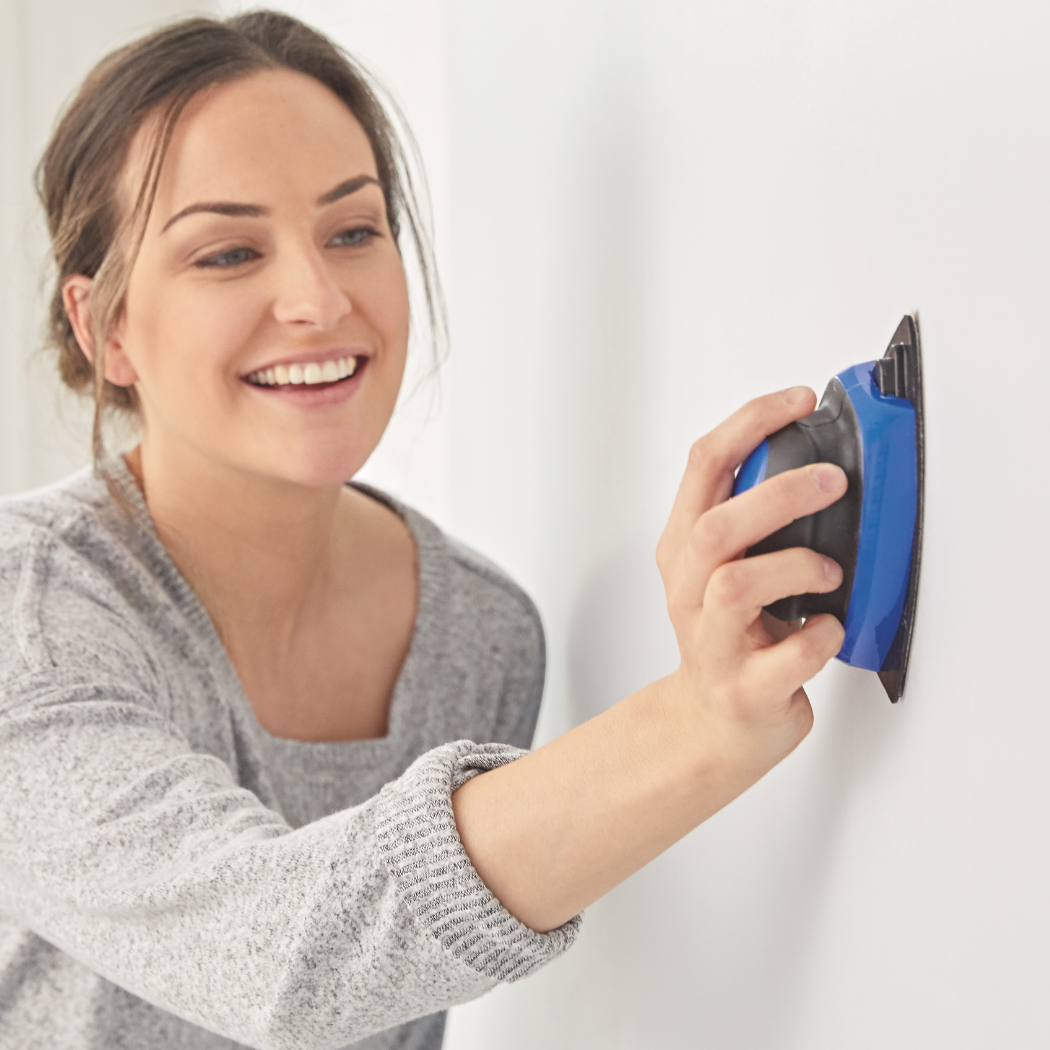ㅤ
Stains, Chalk and Mildew
Paint Chalking or Powdering
Chalking is the formation of fine, white powder on the surface of the paint film due to weathering, giving the appearance of color fading. Although some degree of paint chalking is normal and can be a desirable way for a paint film to wear, excessive paint film erosion may result in heavy chalking.
POSSIBLE CAUSES
- Oil-based paints tend to chalk more than latex paints.
- Use of a low-grade, highly pigmented paint.
- Factory-finished siding can develop an excessively thick chalk layer and may require power-washing to ensure complete chalk removal.
- Use of interior paint for an outdoor application.
- Not adequately sealing a porous surface.
- Over-thinning paint.
- Spreading the paint too thinly.
SOLUTION
Remove paint chalking by washing or power-washing the surface with an appropriate cleaner. If some chalk remains after first washing, then wash again for complete removal; scrubbing may be necessary. Rinse well with water. Allow to dry thoroughly.
Brick areas that are stained by chalk run-down should be scrubbed with a stiff brush and detergent. Professional cleaning may be required. For the best resistance to paint chalking, use higher-quality acrylic coatings.
ㅤ

ㅤ
Dirt and Soil
Dirt, dust particles and/or other debris can accumulate on the paint film.
POSSIBLE CAUSES
- Exterior: Soil splashing onto siding, air pollution and car exhaust.
- Interior: Air-borne dust and household dirt.
SOLUTION
Wash the surface; if it comes clean, painting may not be necessary.
Interior: Remove stains, dirt and marks using a soft cloth or sponge with water or a general-purpose household cleaner. Penetrating stains and marks may be removed either by carefully using an abrasive cleaner and water or by applying a solution of household bleach diluted with water and then rinsing with clean water.
Exterior: Remove dirt with a scrub brush and detergent solution or pressure-washing, followed by a thorough rinsing. While dirt accumulation cannot be eliminated entirely, satin, gloss and high-gloss paints are more resistant to picking up dirt than flat paints due to their smoother finish.
ㅤ
Efflorescence
Efflorescence is a crusty, white salt deposit that leaches to the surface of mortar or masonry as water passes through it. It appears as a white, fluffy deposit of salt crystals on masonry walls. Efflorescence depends on the presence of salt and moisture, and the growth of crystals will continue as long as both are present. The salts are present in the mortar, blocks or concrete structure, and the moisture is usually attributable to some building defect. When emanating from mortar in brick or block buildings, efflorescence will appear as narrow bands corresponding to mortar joints.
POSSIBLE CAUSES
- Failure to adequately prepare surface by removing all previous efflorescence.
- Interior moisture escapes through exterior masonry walls.
- Exterior moisture is driven through masonry walls by wind and rain.
- Basement walls are not properly sealed against ground moisture penetration.
- New cement or mortar is given insufficient curing time.
SOLUTION
If excess moisture is the cause, eliminate the source by repairing the roof, cleaning out gutters and downspouts, and sealing any cracks in the masonry with a quality caulk or sealant.
If moisture is originating inside the building, consider installing vents or exhaust fans, especially in kitchens, bathrooms and laundry areas.
If moisture is being driven through the walls from the outside, apply a waterproofing coating to the outside.
Remove efflorescence and all other loose material with a wire brush, power brush or low pressure-washing, and then thoroughly rinse the surface.
If the surface is highly alkaline, wash with a mild solution of a phosphoric acid or muriatic acid.
Painting should be delayed if efflorescence continues.
ㅤ
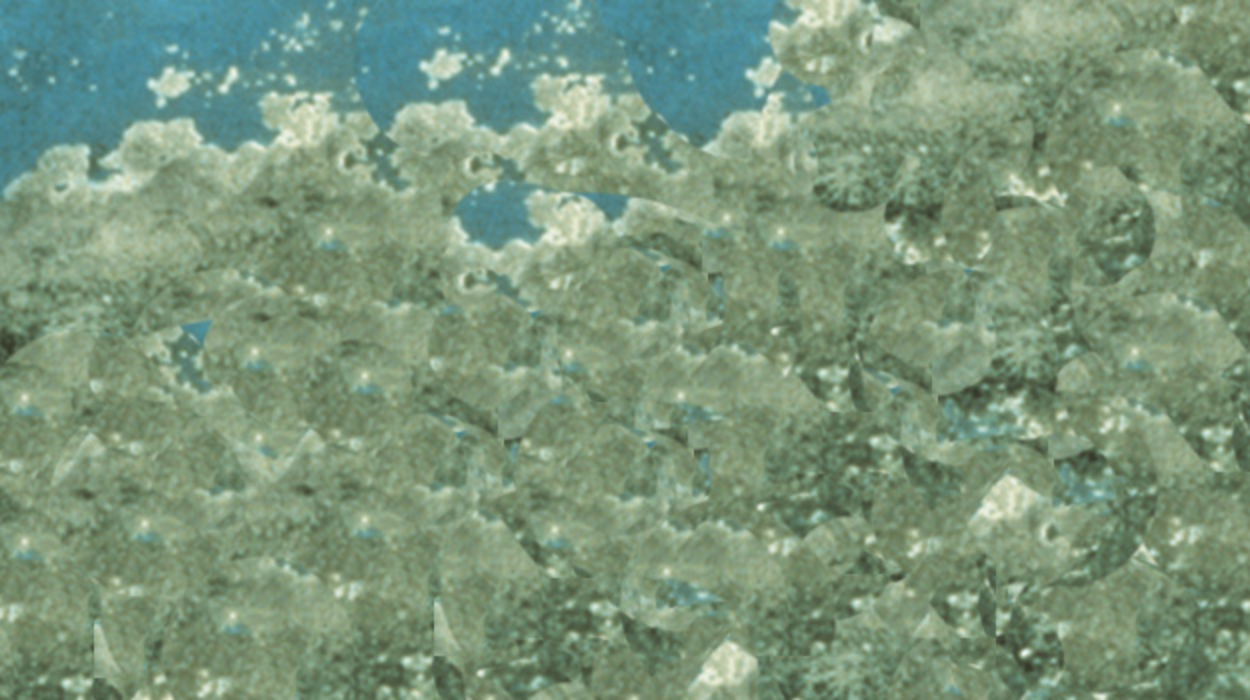
ㅤ
Mildew
Appearing as black, gray, green, or brown spots on any surface, mildew is a live growth that feeds on moisture and organic matter and is spread by mildew spores. Paint does not cause mildew.
POSSIBLE CAUSES
- Mildew forms on interior and exterior surfaces that tend to be damp or receive little or no direct sunlight.
- Painting is attempted over a mildewed surface.
SOLUTION
Test for mildew by applying a few drops of household bleach to the area; if it is bleached away, the discoloration is probably mildew. If it does not disappear, it is probably dirt.
Before painting, remove mildew stains by washing the surface with a solution of 1 part liquid bleach to 3 parts water. Do not add detergent or ammonia to the bleach/water solution. Wear protective eyewear, protective clothing and waterproof gloves; quickly wash off any mixture that comes in contact with skin. Apply solution and scrub the mildewed area. Allow the solution to remain on the surface for 10 minutes. Rinse thoroughly with water and allow the surface to dry before painting.
To protect against mildew and mildew stains, use a top-quality paint and clean when necessary. Install an exhaust fan in high-moisture areas. For exterior surfaces, keep shrubs and other plants pruned to allow for air circulation and light penetration.
Use a product that contains agents that inhibit the growth of mildew on the surface of paint film.
If mildew is the only problem, painting may not be necessary after cleaning the surface.
ㅤ
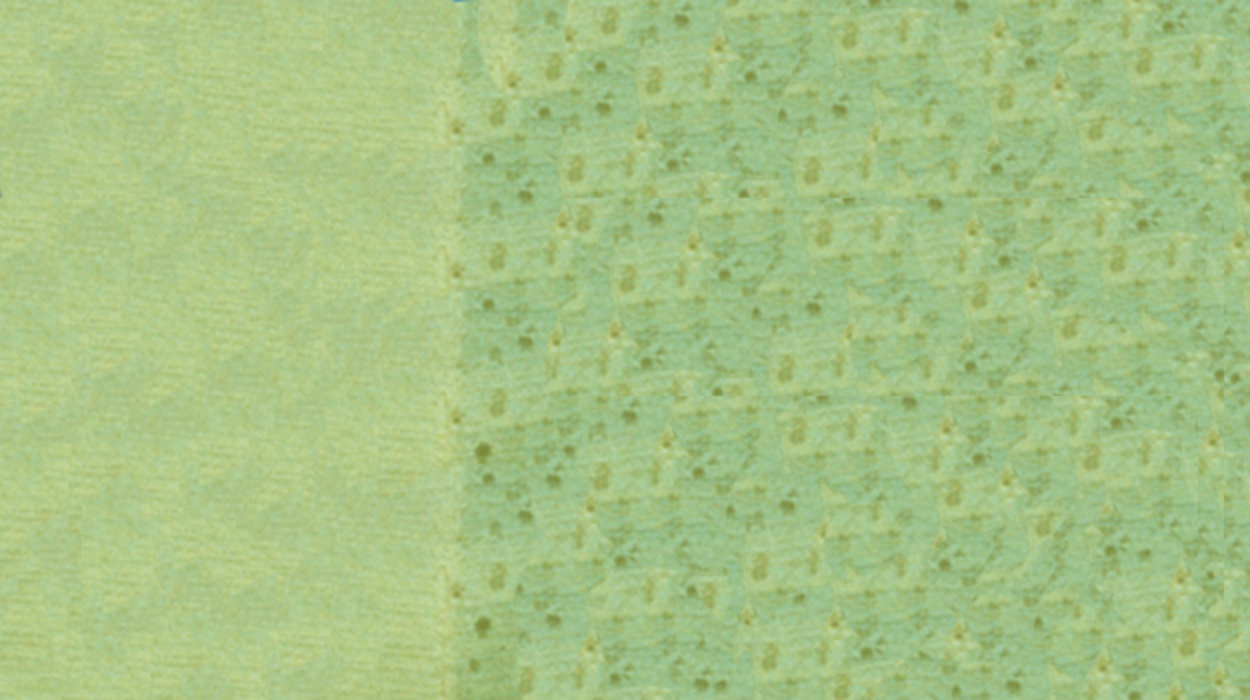
ㅤ
Tannin Staining
Tannin staining is a black, brown or tan discoloration on the paint surface, caused by the migration of tannins from wood through and into the paint film.
POSSIBLE CAUSES
- Tannin staining typically occurs on commonly stained woods such as redwood, cedar and mahogany, or over knots in certain other wood species, though it may occur with any kind of wood.
- Most tannins are water-soluble; some are soluble in solvent. Application of latex coatings directly to these woods may create a stain on the finish coat if the product is not specifically designed to trap these tannins.
- If the dry paint film is intact and discoloration occurs at a later date, then the staining is being caused by water within the surface. The moisture will migrate and eventually carry staining substances from within the wood onto the surface of the paint film.
SOLUTION
If dry paint film is intact and discoloration and tannin staining is occurring at a later date, then internal moisture is usually the cause. The moisture source must be located and corrected. Allow the surface to dry thoroughly. Check to be sure the water has not affected the adhesion of the primer and paint.
Seal stains with an alkyd/oil primer or a coating designed to trap these tannins. Note: Even with proper preparation and recommended products, tannin bleed can occur with latex or oil topcoats, especially on new wood.
To wash off the tannin stain, use 10% oxalic acid and 90% water or a comparable product with a similar chemical solution.
ㅤ

ㅤ
Water and Smoke Stains
Paint stains on the surface can be caused by virtually anything that would bleed, leak or stick to the paint film.
POSSIBLE CAUSES
- Water stains.
- Tobacco smoke leaves yellow stains.
- Smoke and soot damage from a house fire, wood-burning stove or fireplace.
- Grease and oil.
- Rust.
SOLUTION
Water paint stains: The source of the water must be found and corrected. Excessively damaged wood, plaster or drywall may need to be replaced. Peeling paint must be removed if present. The stained area must be properly sealed with a stain-blocking primer.
Tobacco smoke stains, soot, grease and oil should be cleaned from the surface as much as possible using a solvent-based degreaser or other appropriate cleaner. Seal stains with a stain-blocking primer before applying a topcoat.
Rust must be mechanically removed (with a brush or power tool) and the surface primed with a rust-inhibiting primer.
Tannins are compounds that occur naturally in wood and discolor a coating. They can be leached out, generally with water. See Tannin Staining above for more. Links to fold # 5
Solvent-soluble stains (oil, grease, tar, solvent-based markers) and minor dried water stains may be removed with a solvent-based cleaning solution.
Water-soluble stains (dried water stains, smoke stains and odors, grease, ink, and pencil stains) may be removed with a water-based cleaning solution.
